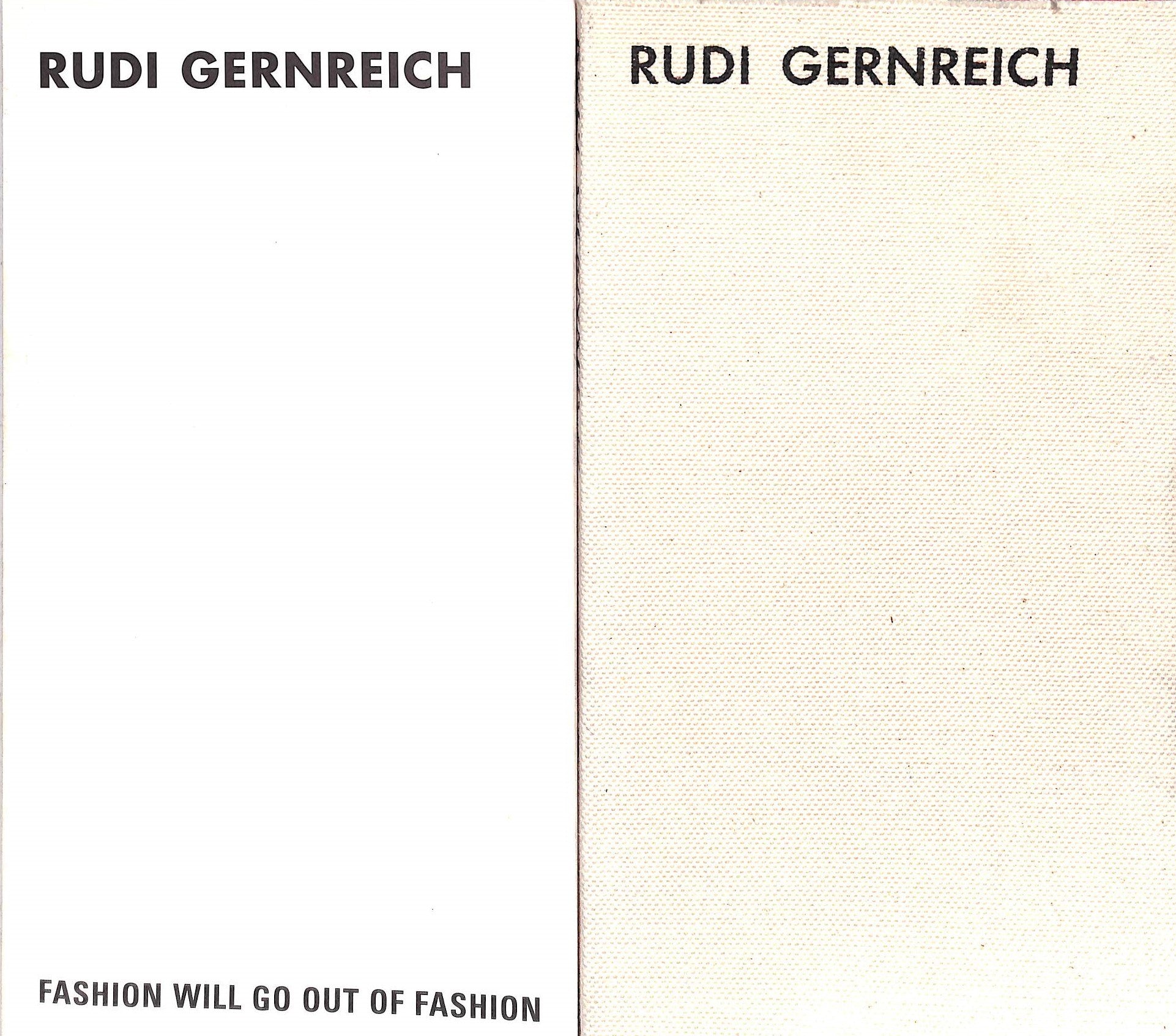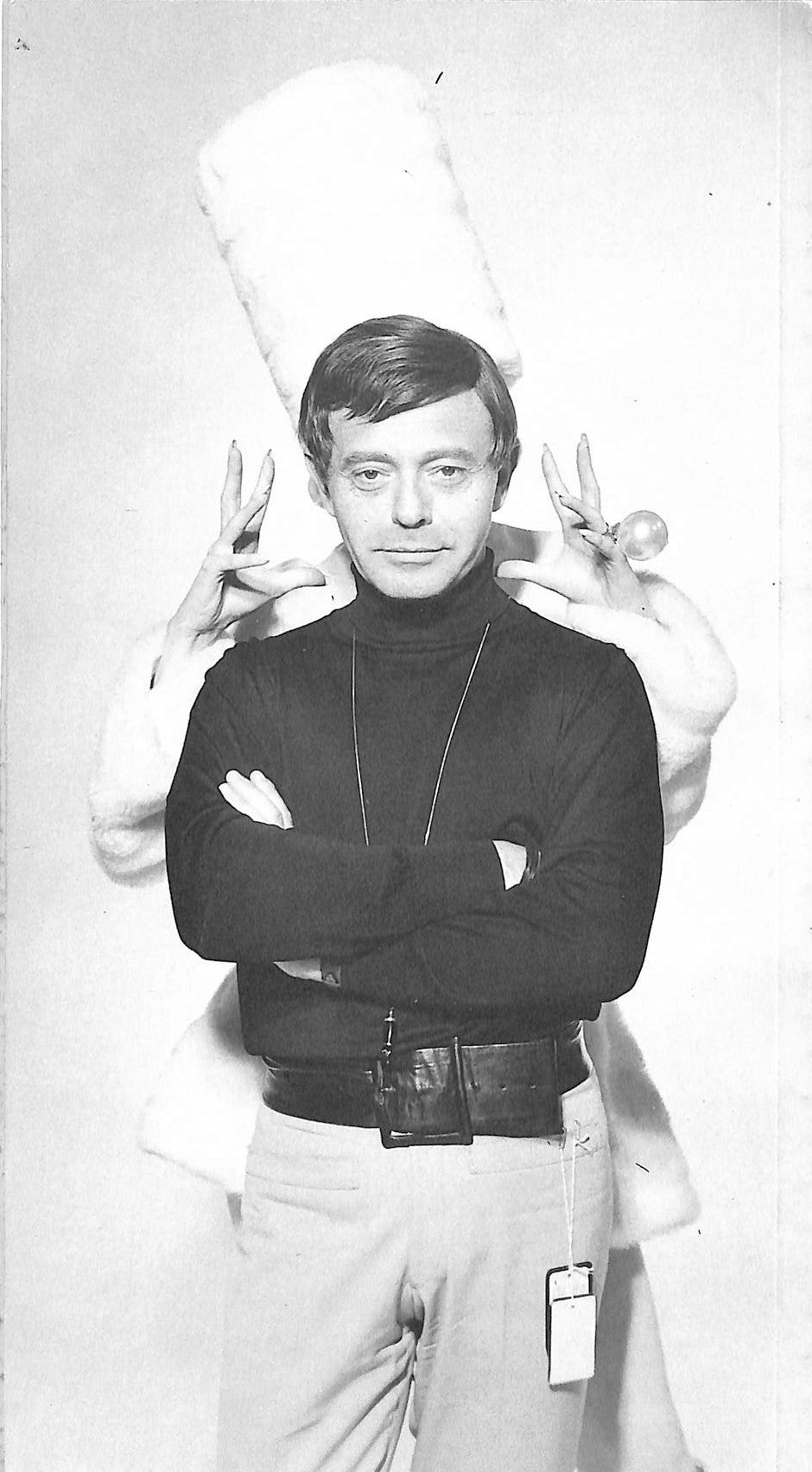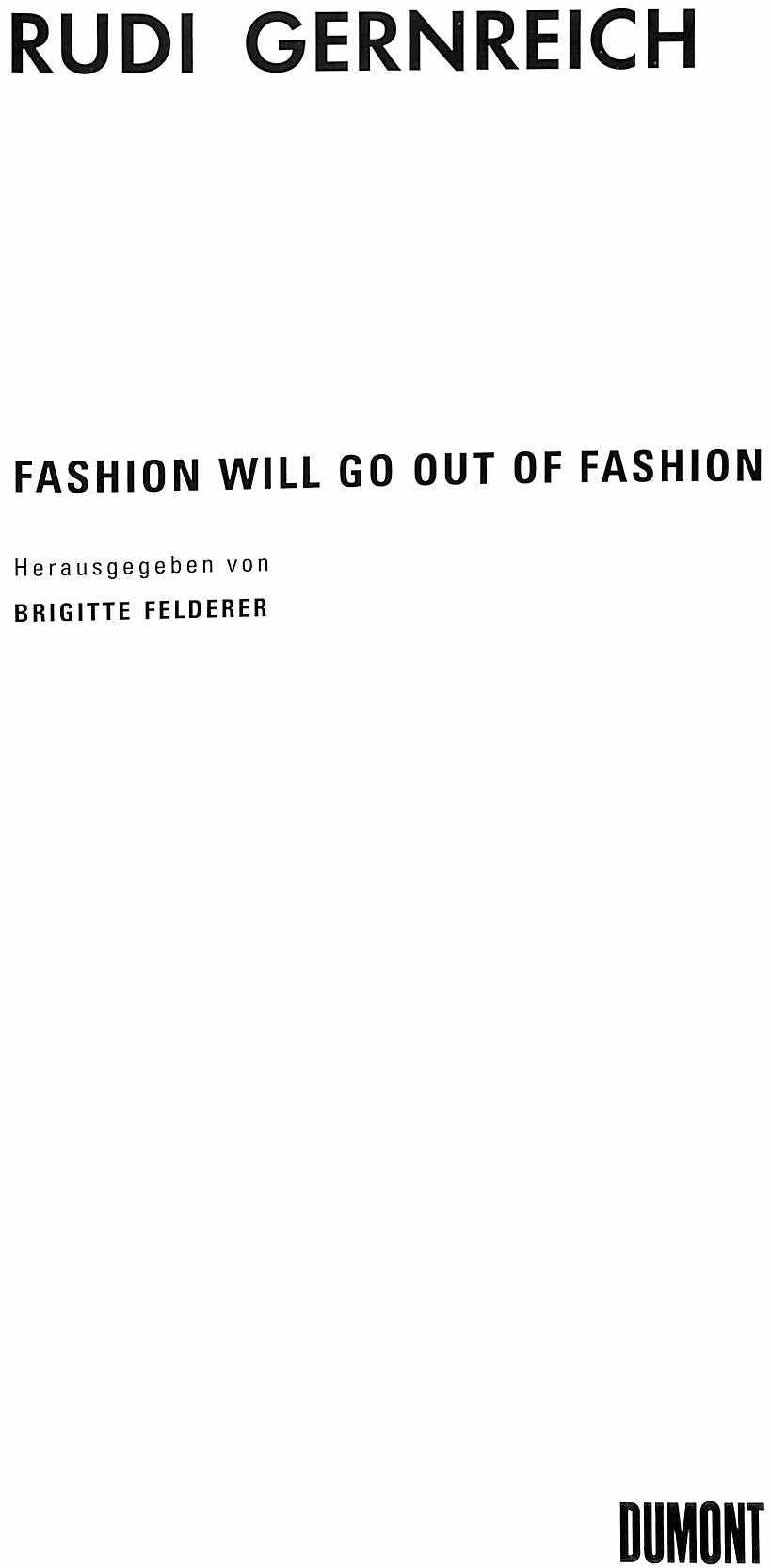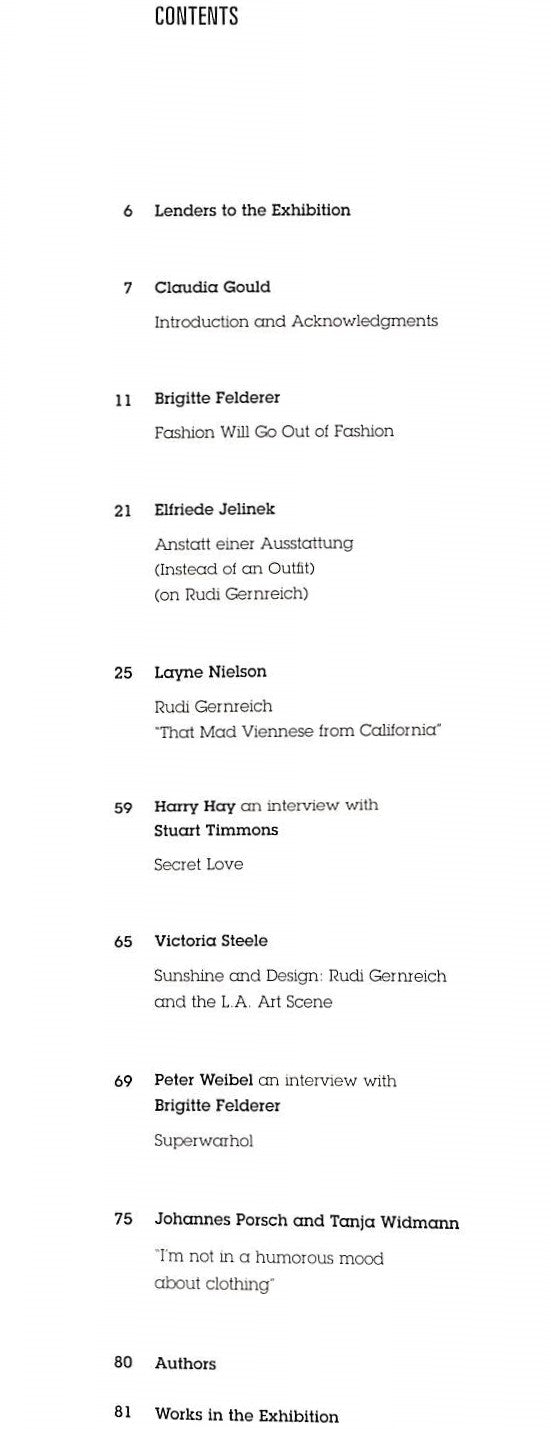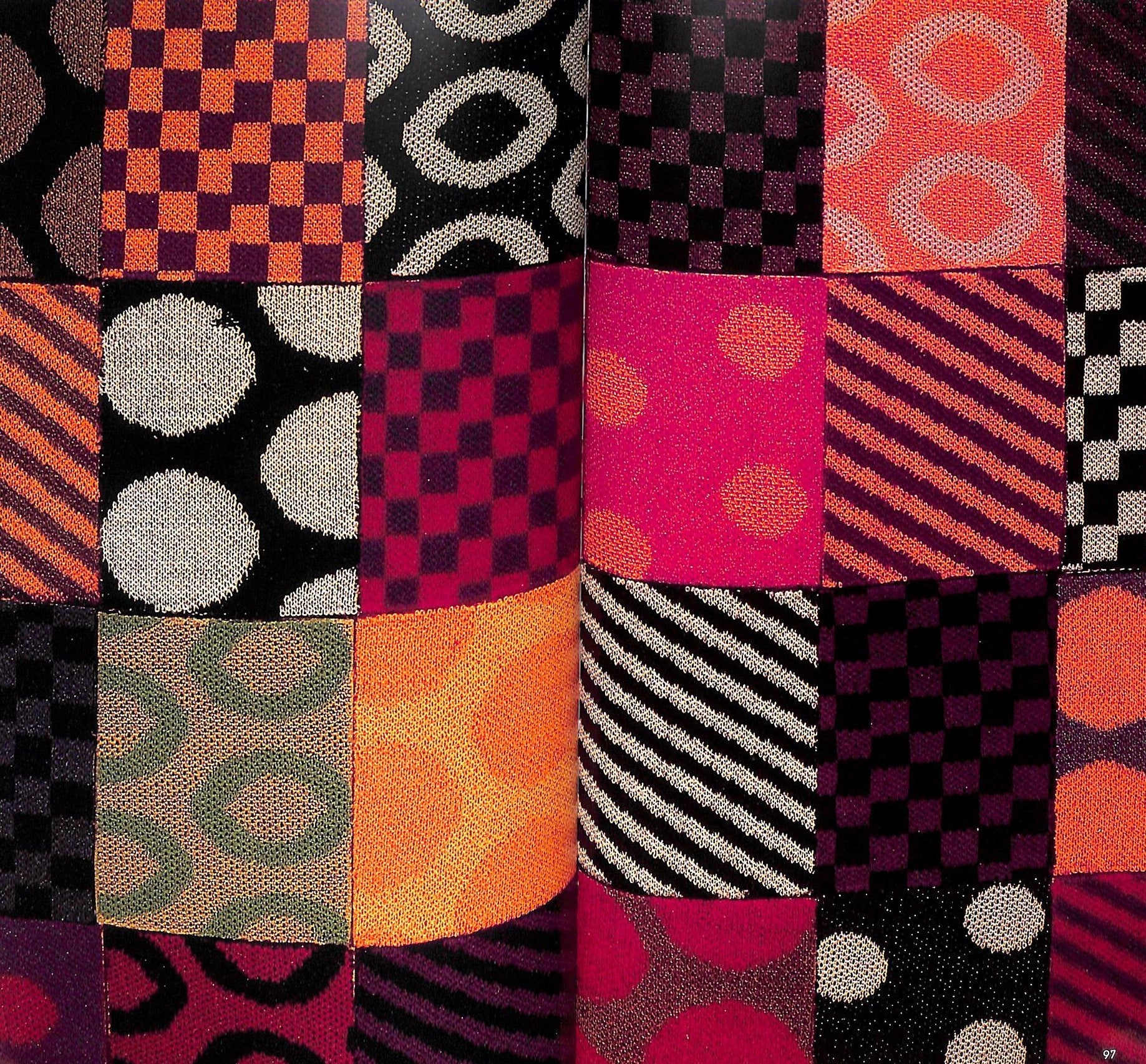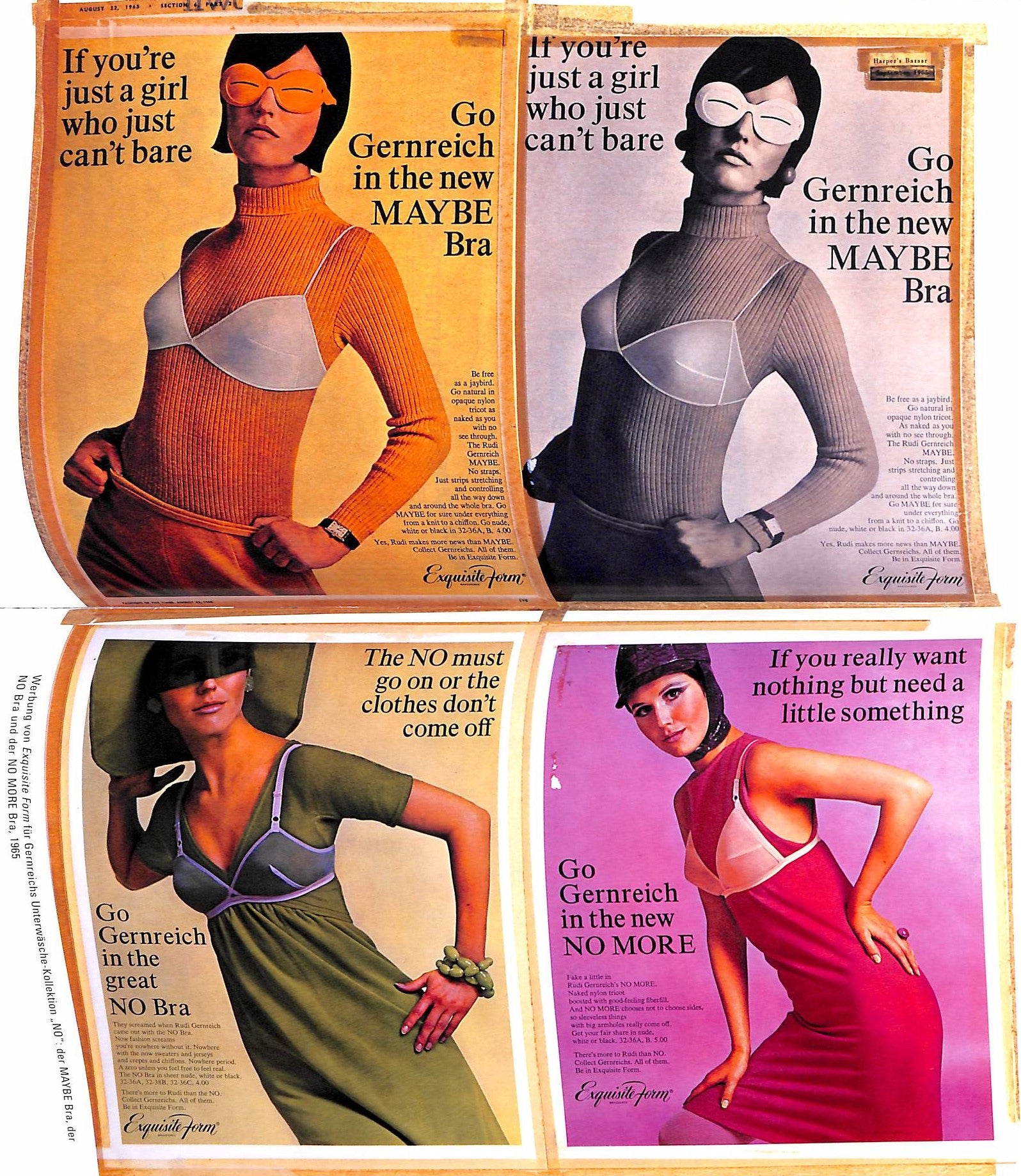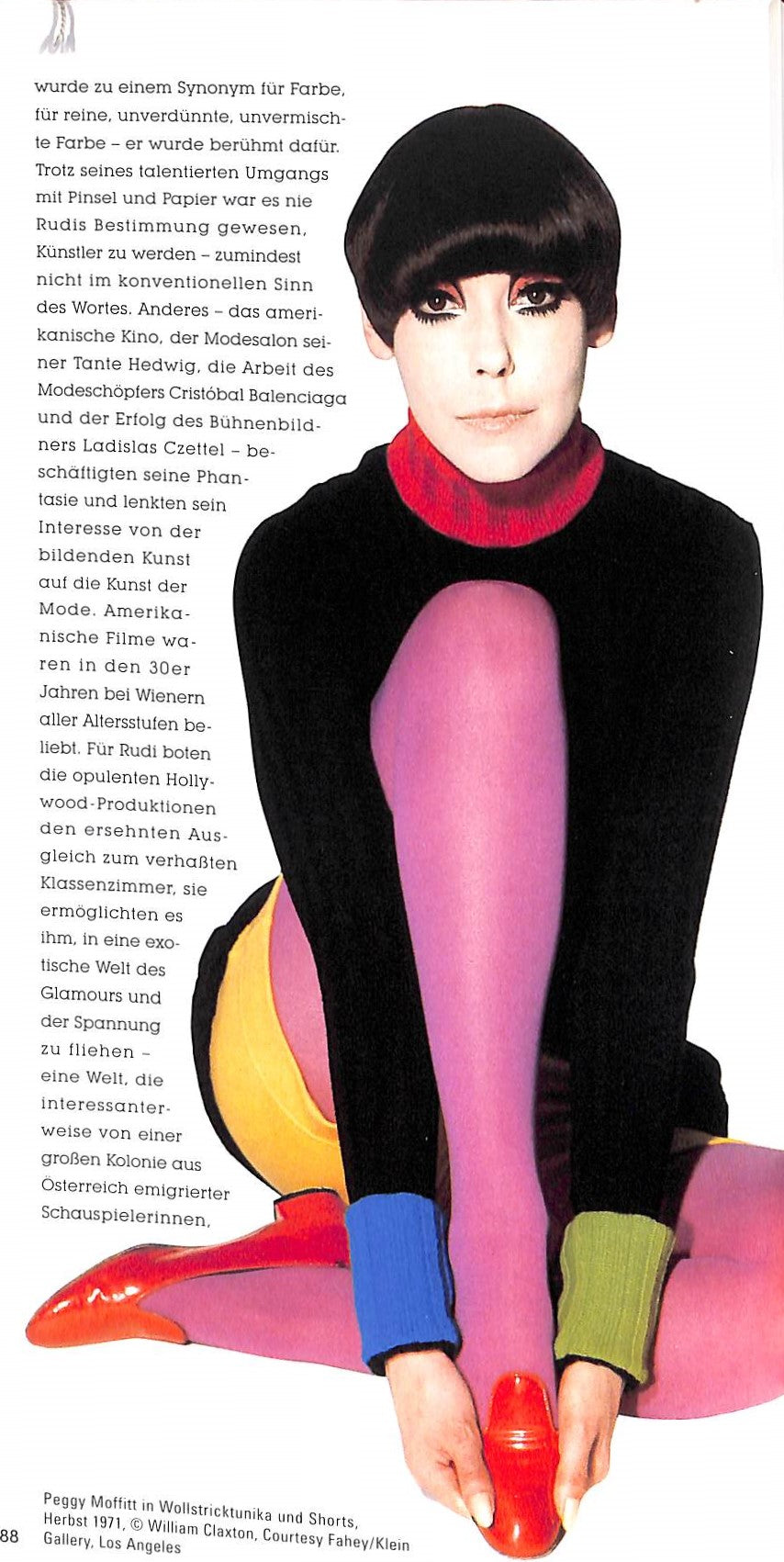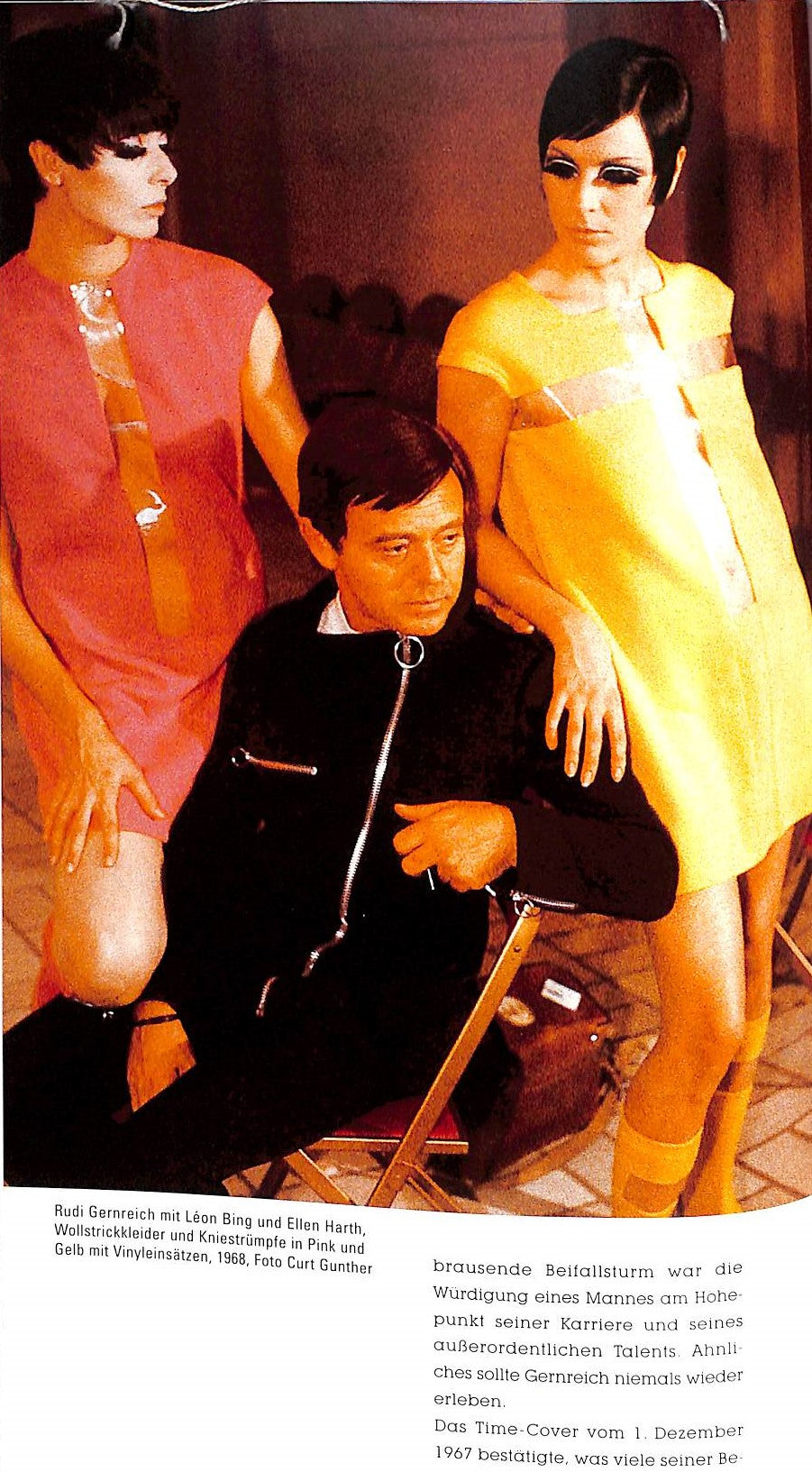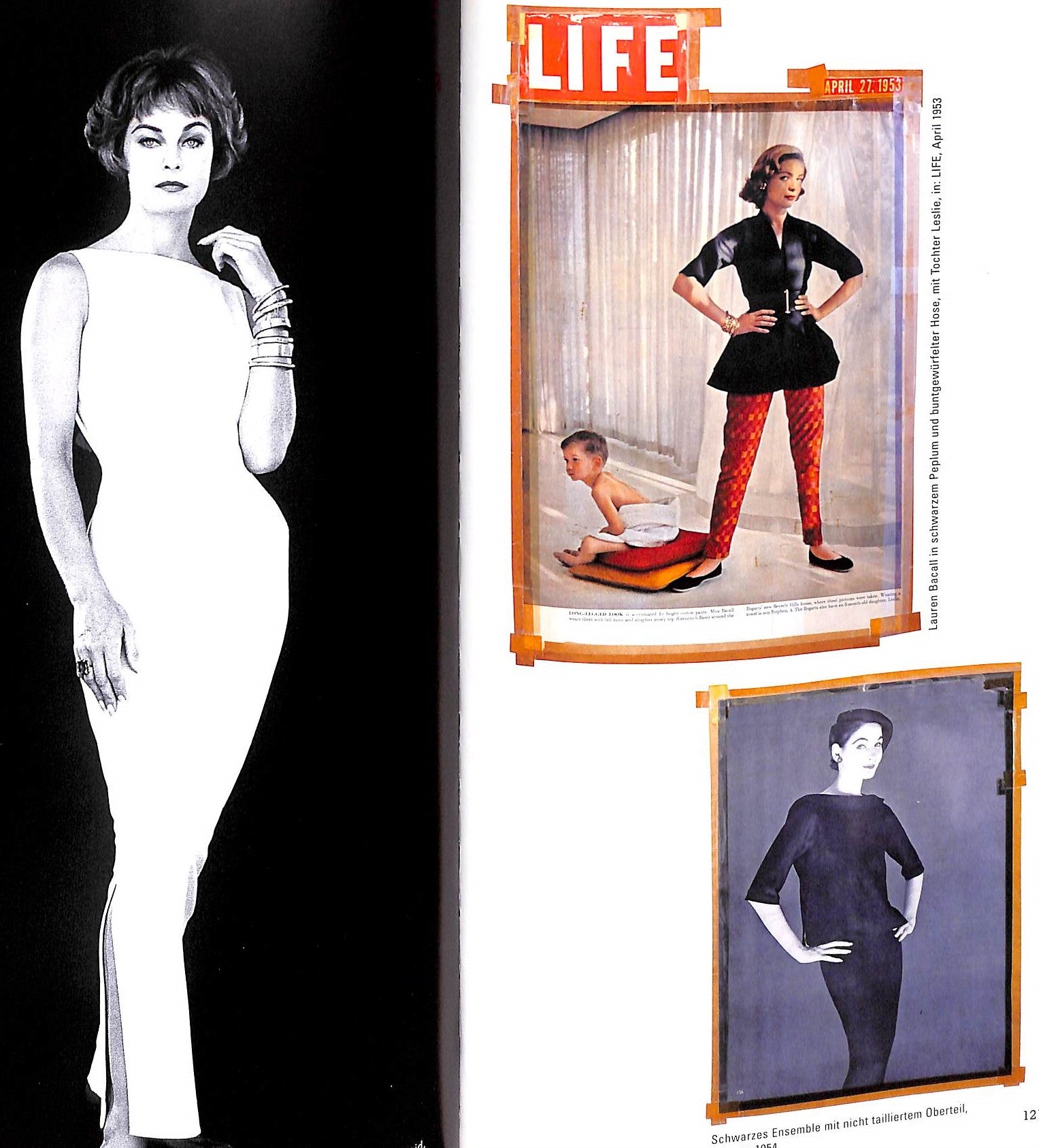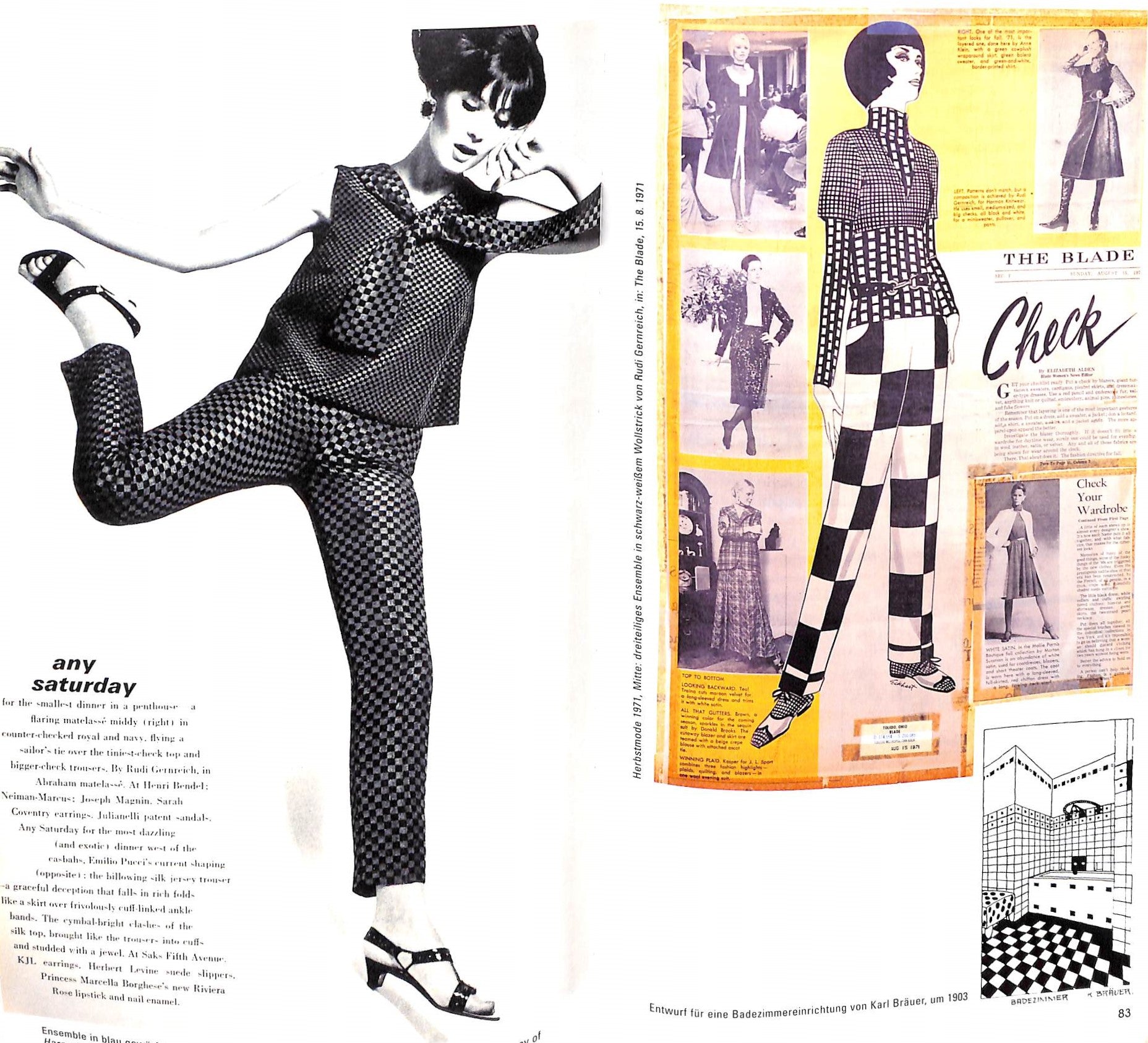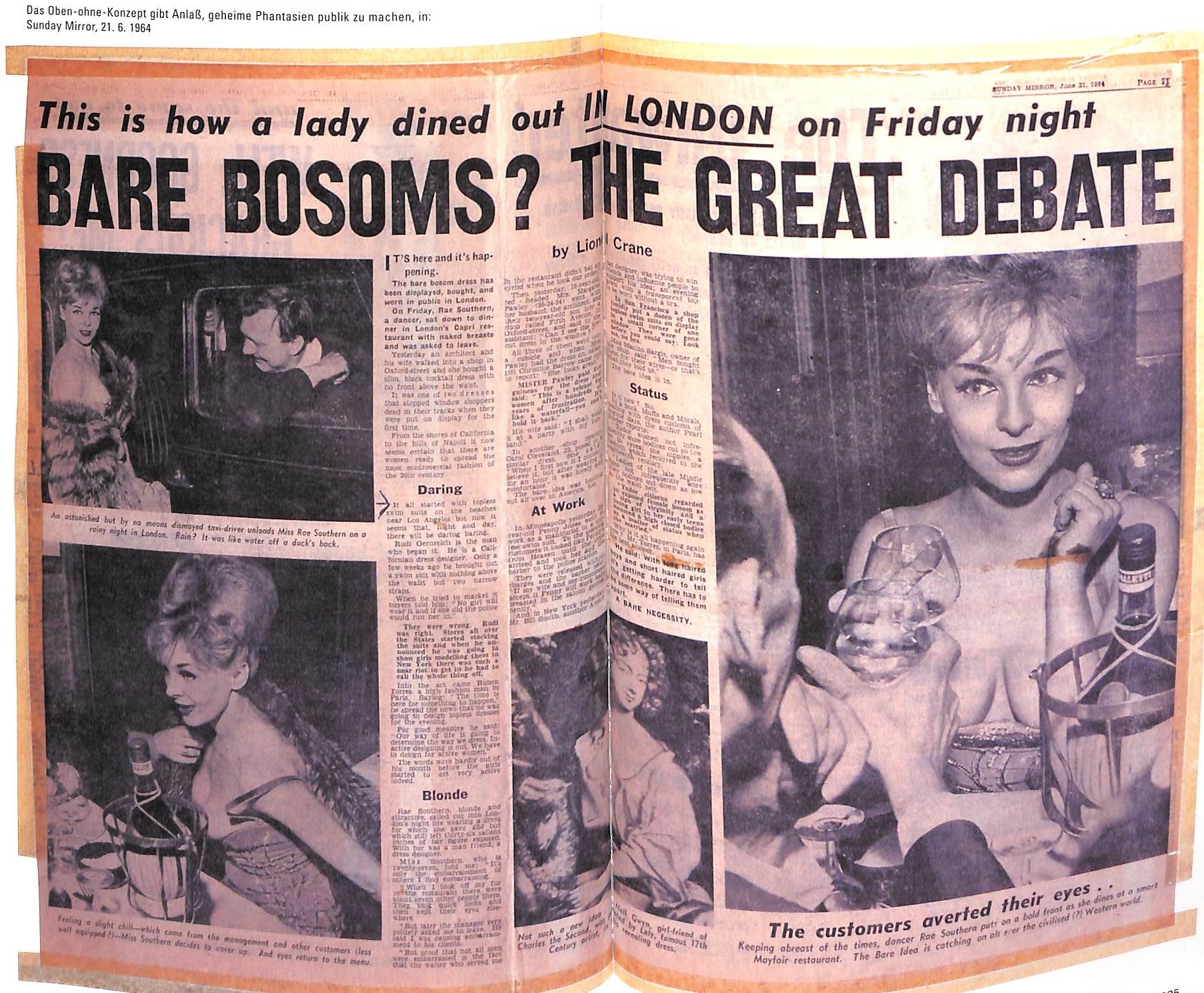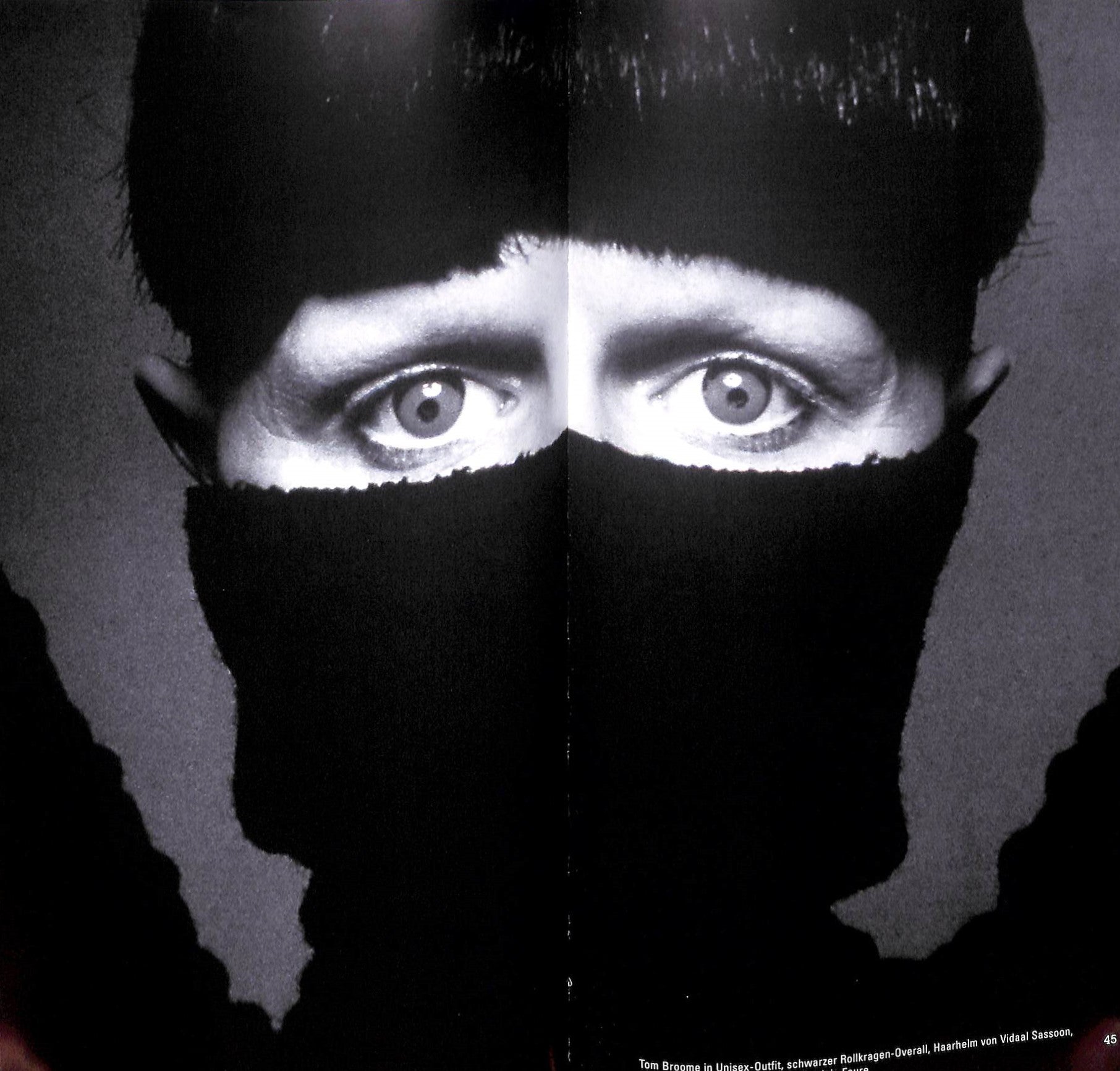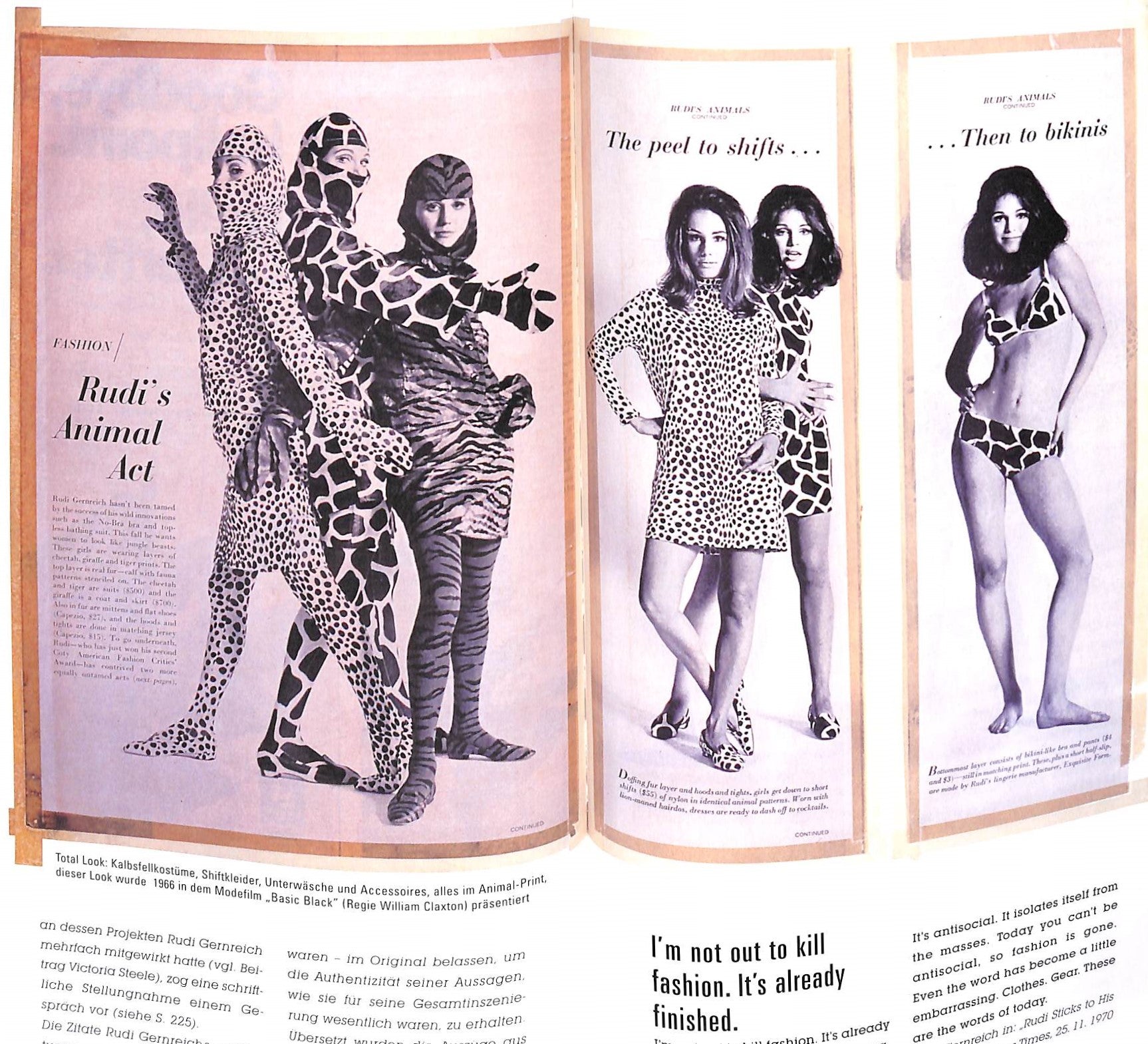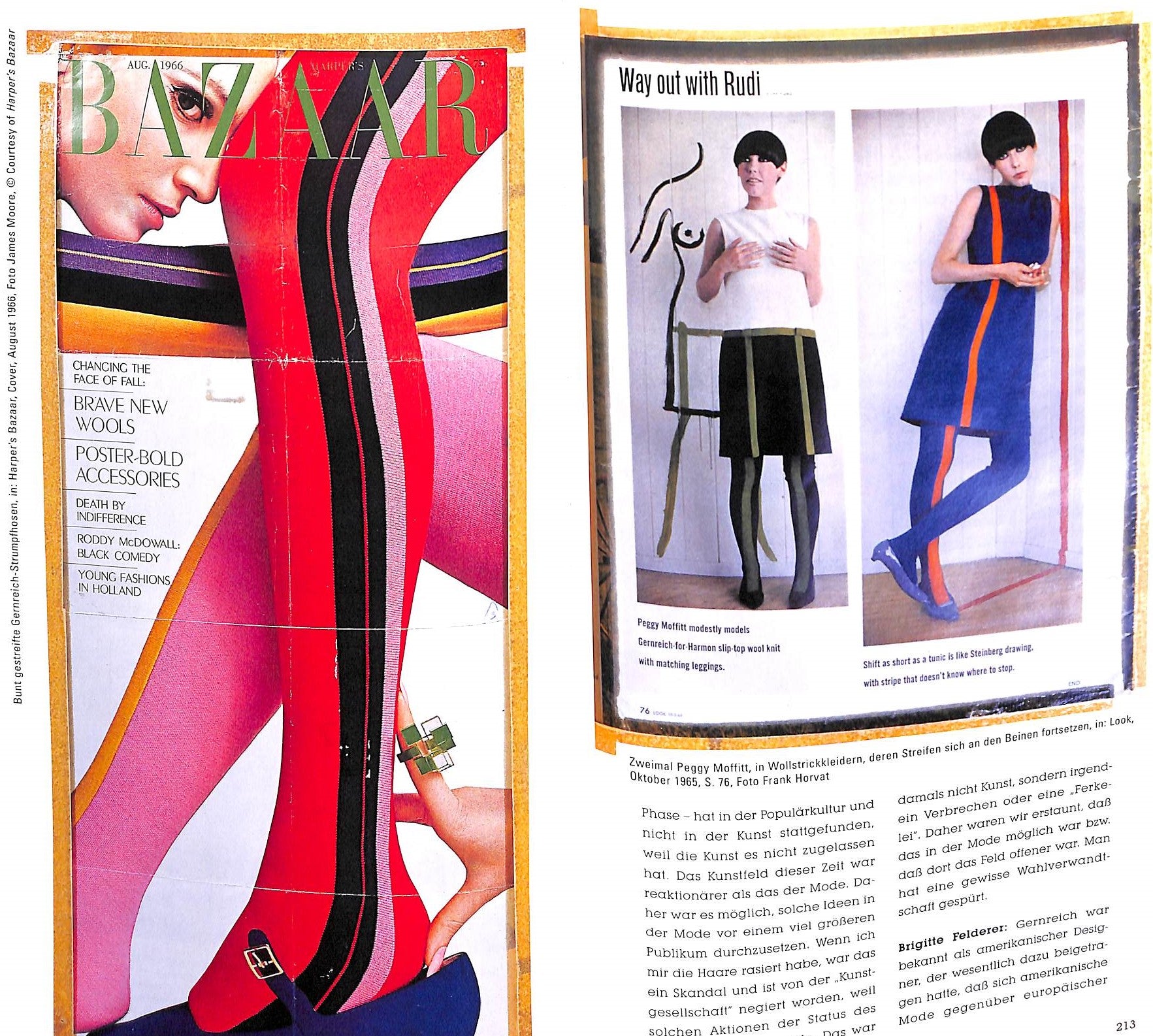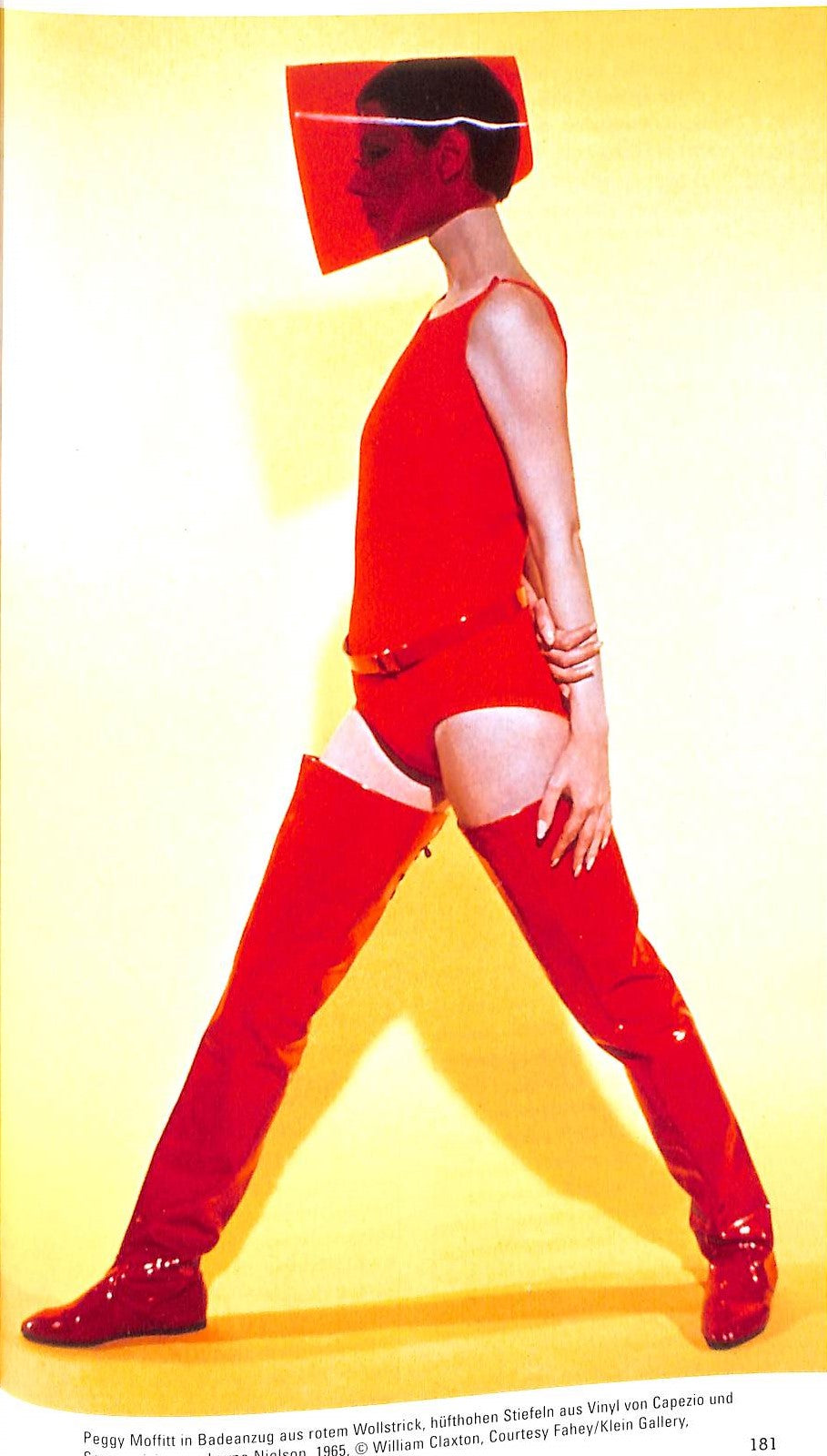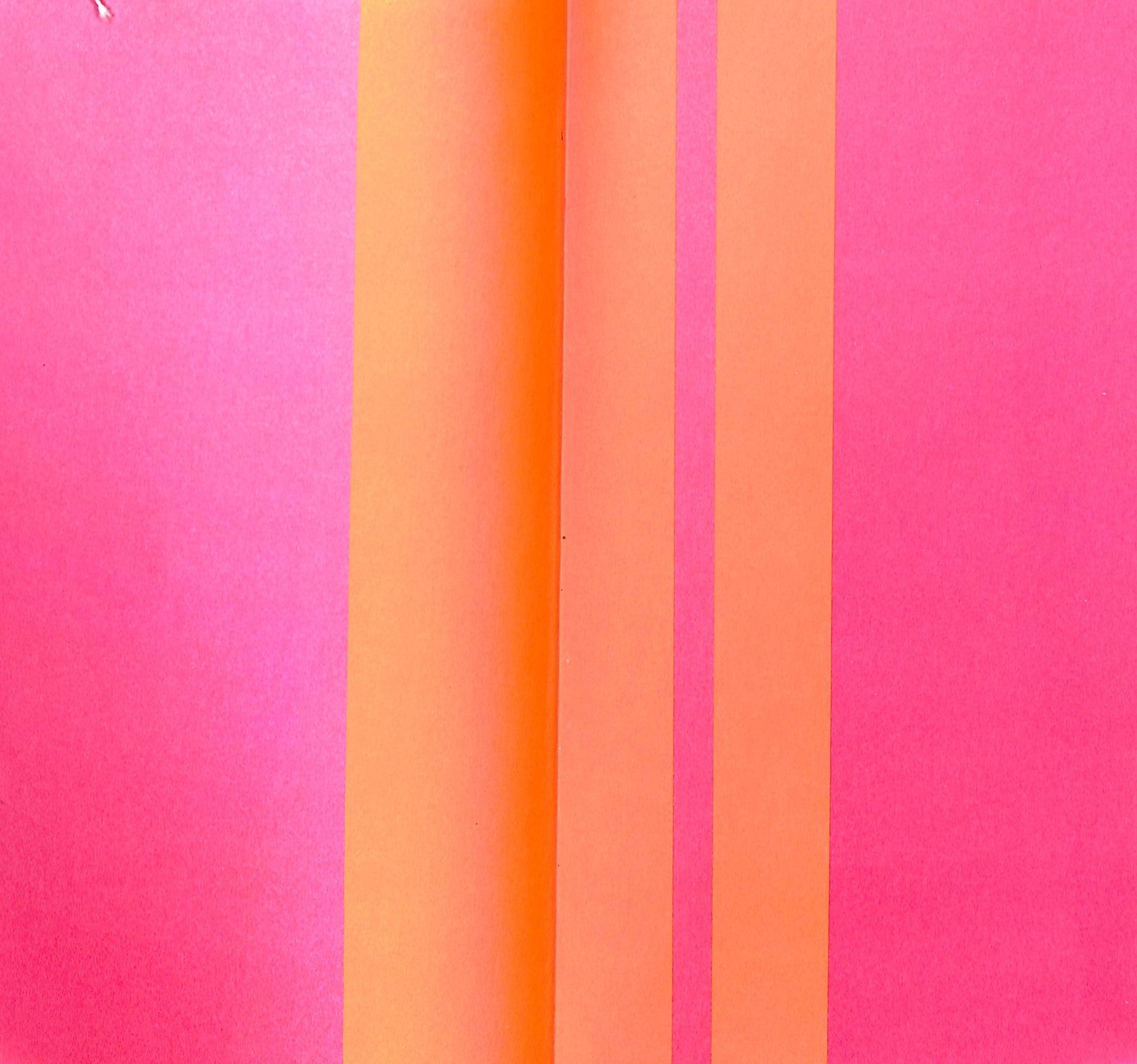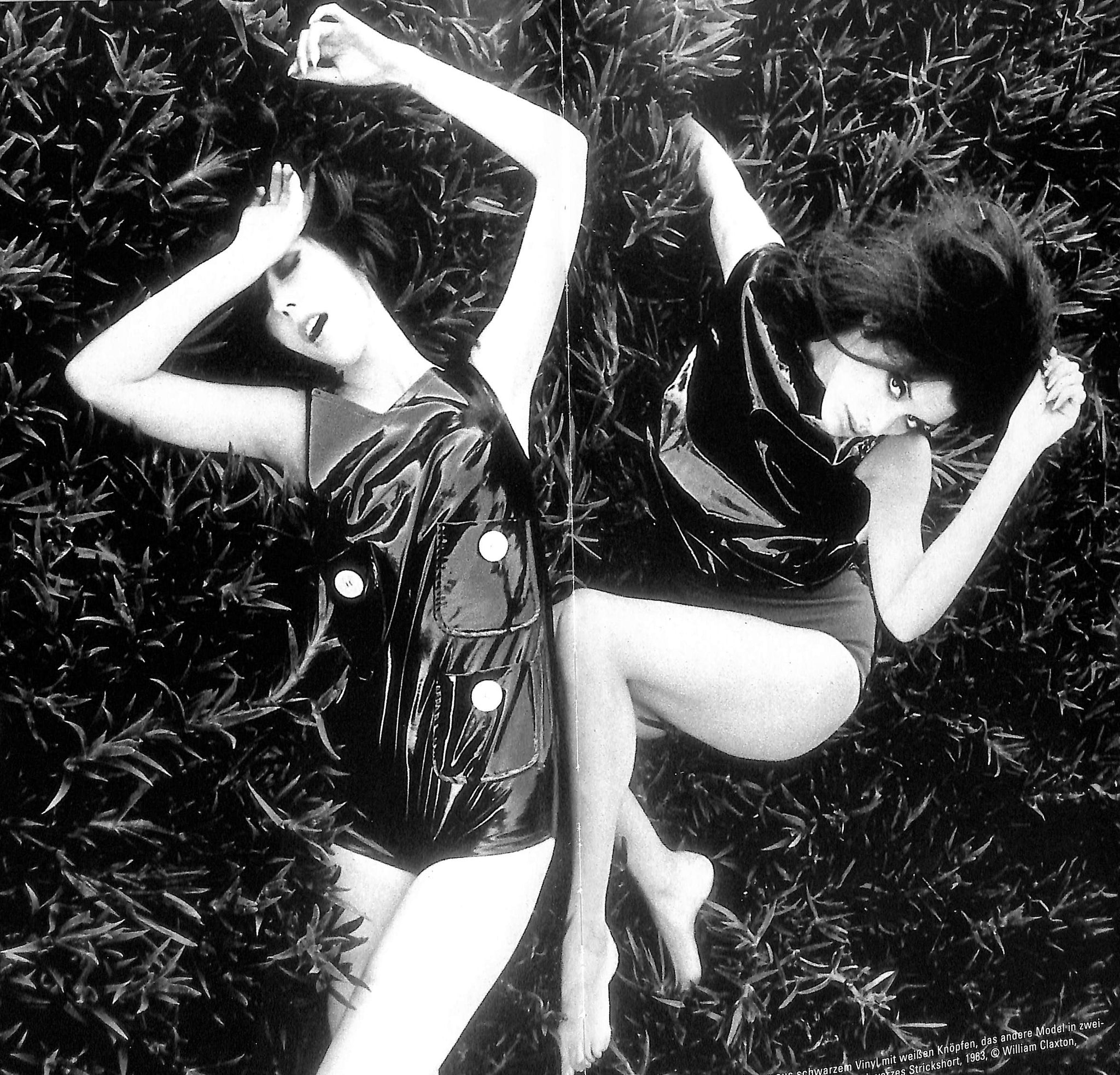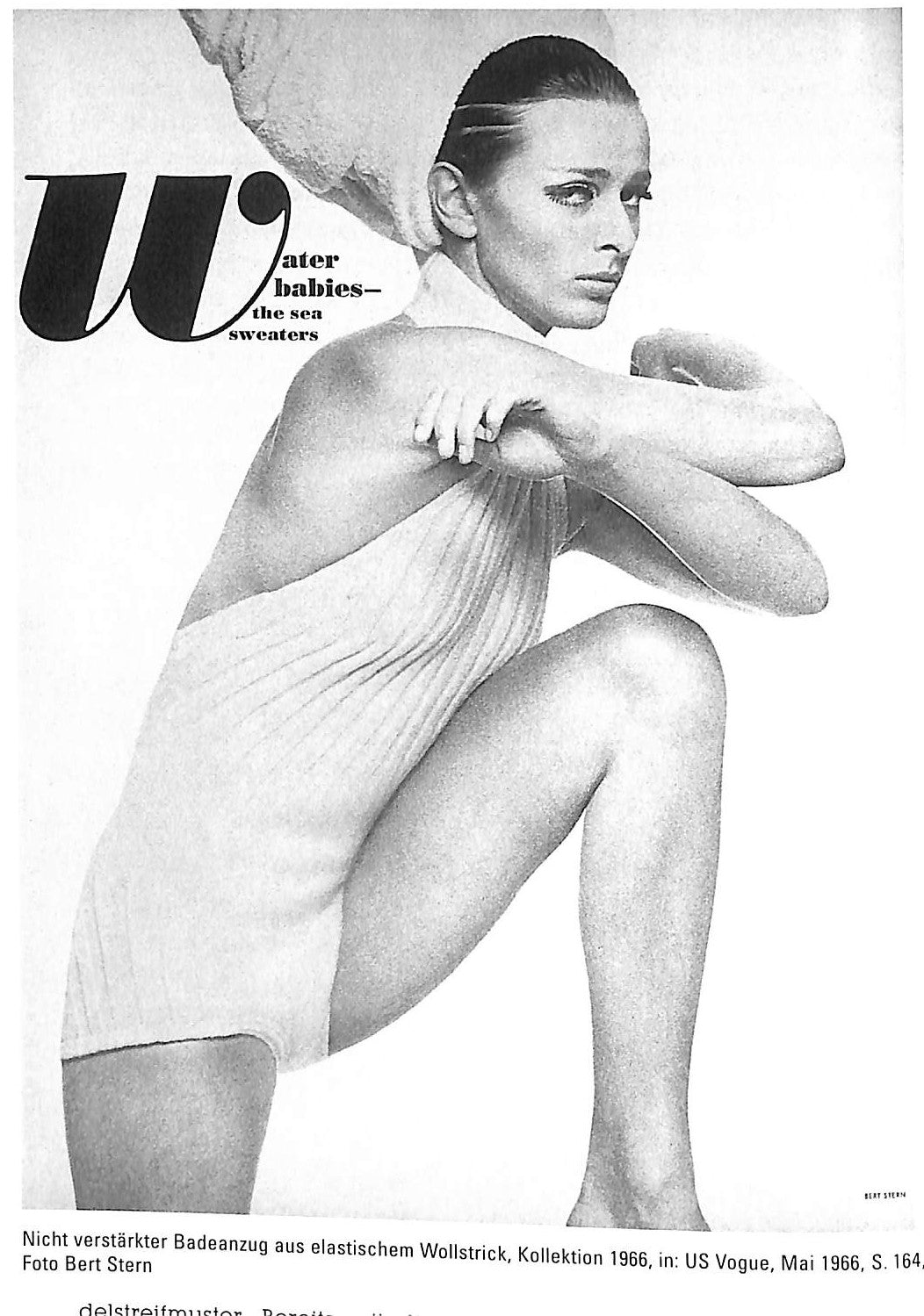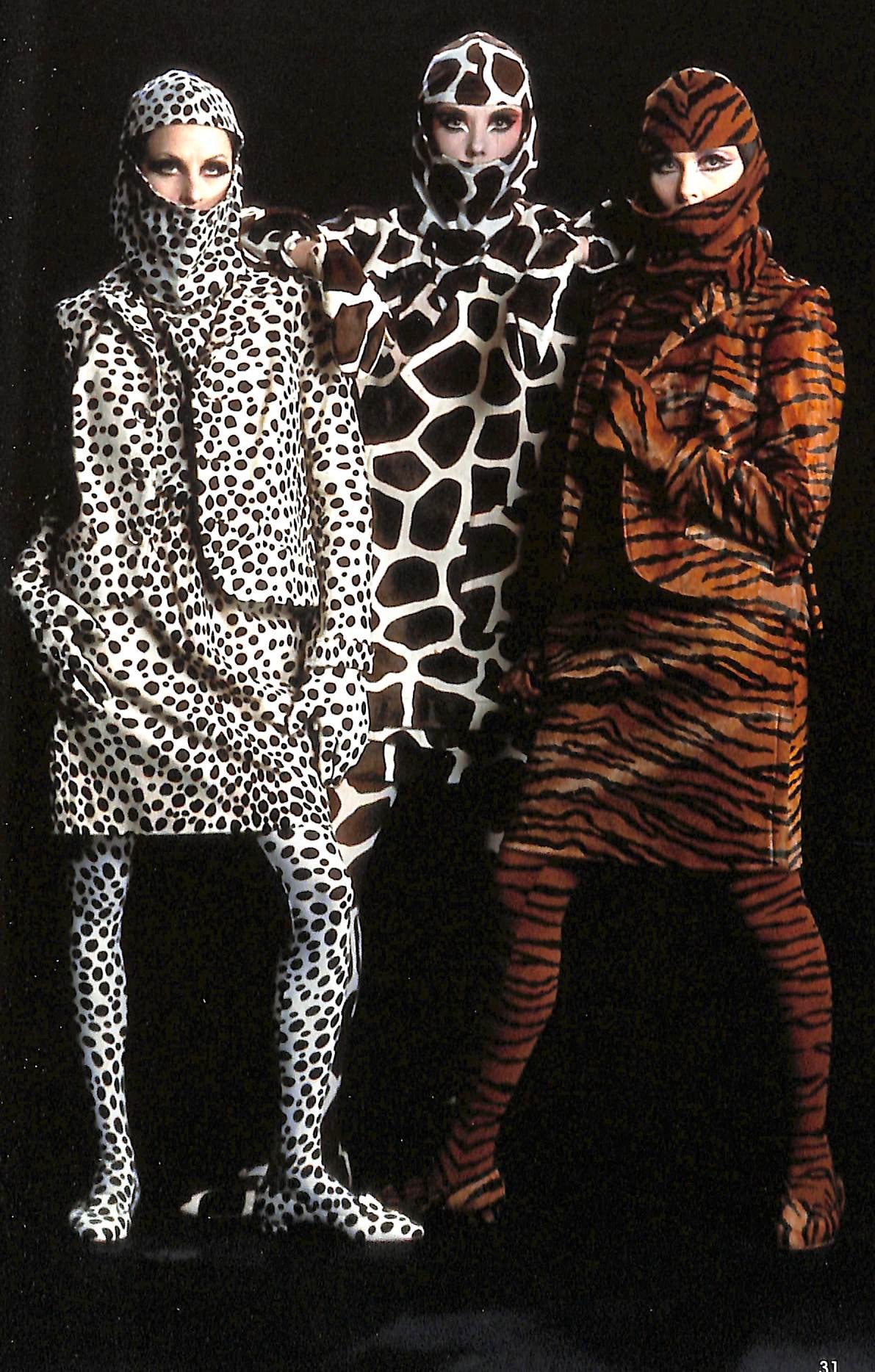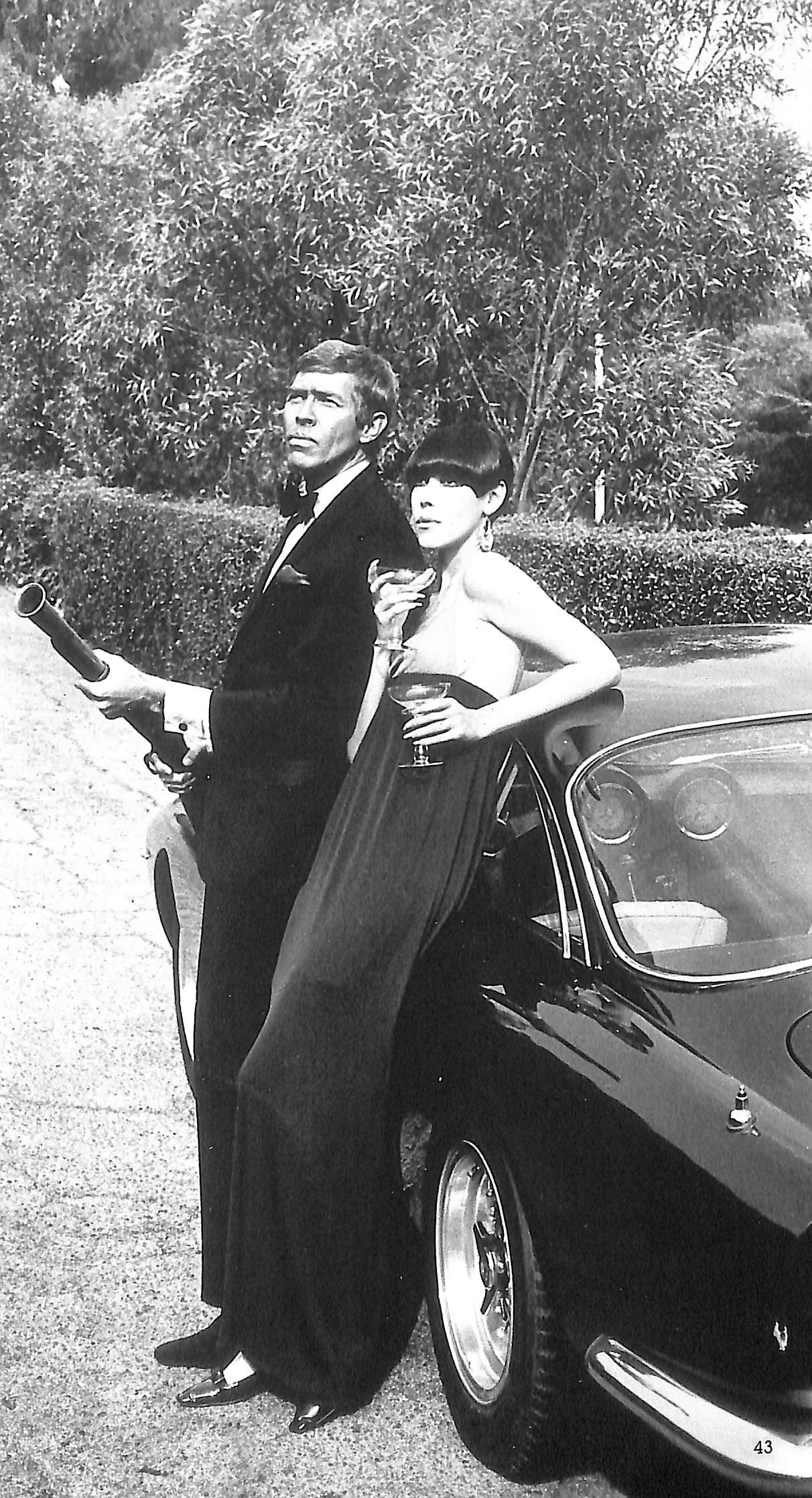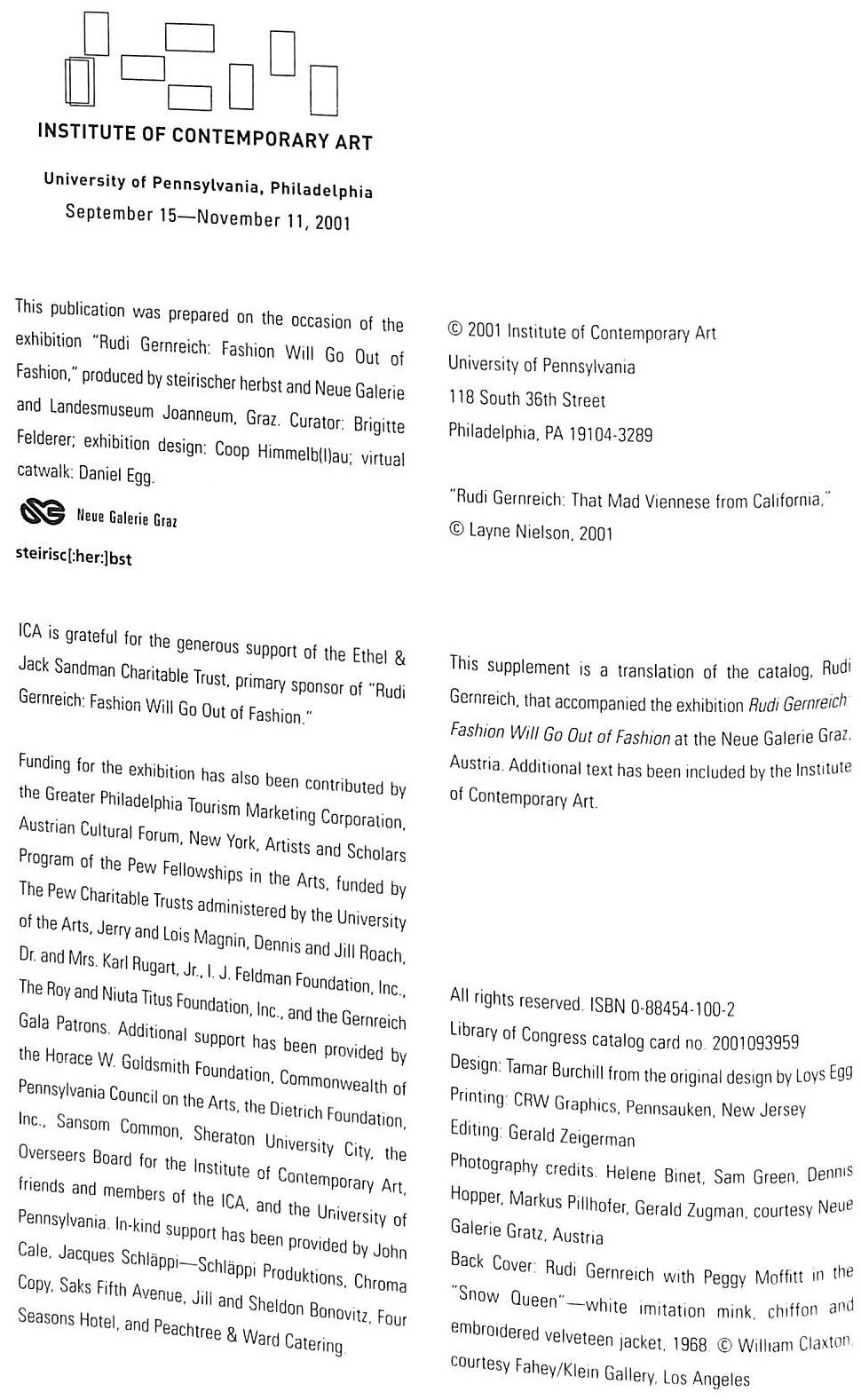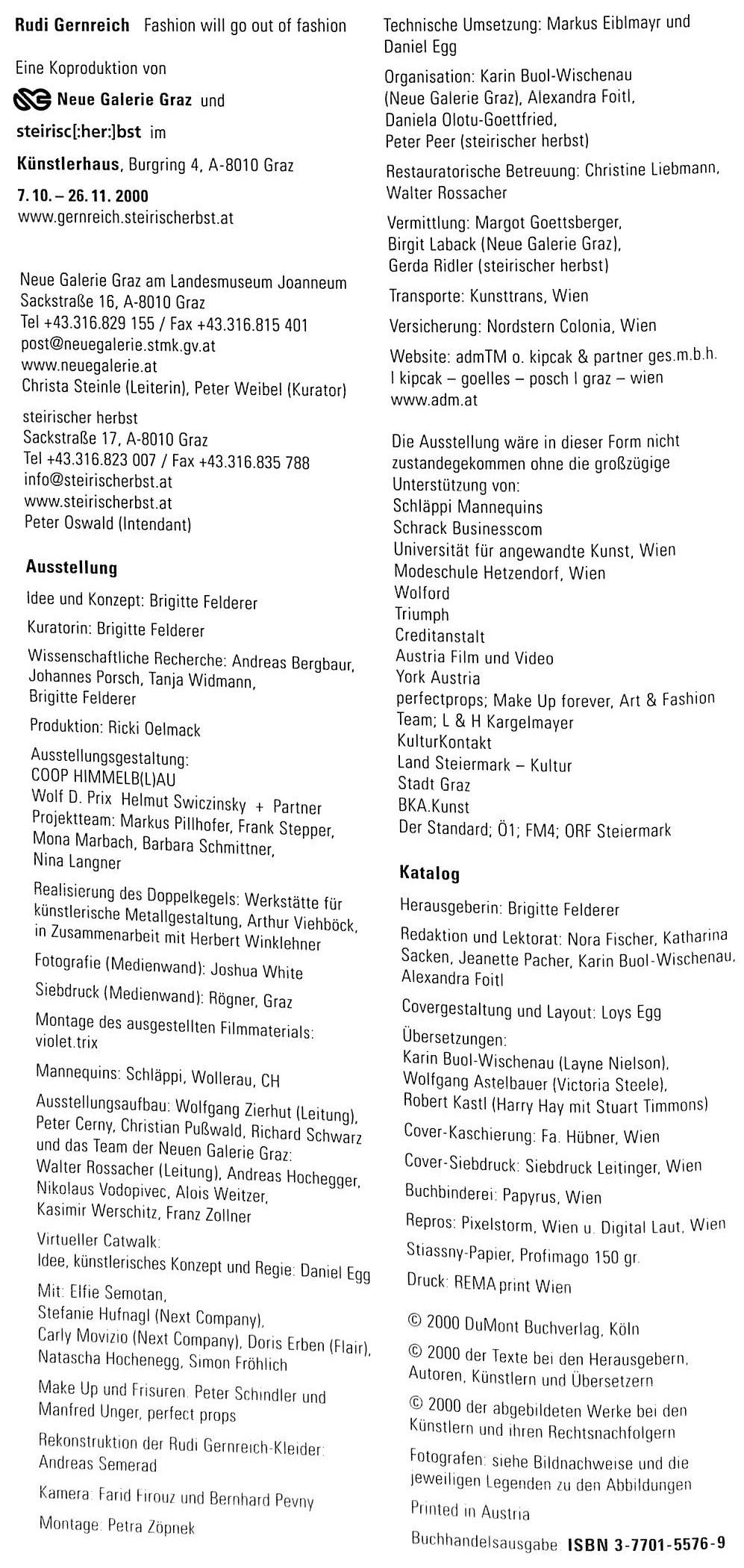"Rudi Gernreich: Fashion Will Go Out Of Fashion" 2001 FELDERER, Brigitte
$350
FELDERER, Brigitte
2 volume set.
Volume I: [252] pp.
Volume II: [85] pp.
2001
Dumont
11 1/4" x 6 1/4"
Scroll Down for (22) Additional Scans:
Dumont, Koln, 2000. Softcover. Condition: VG+. Cloth flexible covers. 252 pp., profusely illustrated in color and b/w. Exhibition catalog in German. Issued in tandem with a thinner but same-sized catalogue in English for the exhibition held at the Institute of Contemporary Art, University of Pennsylvania, Philadelphia, Sept. 15-Nov. 11, 2001. Contents of smaller volume as follows: Fashion will go out of fashion / Brigitte Felderer -- Anstatt einer Ausstattung (Instead of an outfit) (on Rudi Gernreich) / Elfriede Jelinek -- Rudi Gernreich : "That mad Viennese from California" / Layne Nielson -- Secret Love / Harry Hay, an interview with Stuart Timmons -- Sunshine and design : Rudi Gernreich and the L.A. art scene / Victoria Steele -- Superwarhol / Peter Weibel, an interview with Brigitte Felderer -- "Im not in a humorous mood about clothing" / Johannes Prosch and Tanja Widmann. It has 86 pages and several b/w illustrations.
Rudolf "Rudi" Gernreich (August 8, 1922 – April 21, 1985) was an Austrian-born American fashion designer whose avant-garde clothing designs are generally regarded as the most innovative and dynamic fashion of the 1960s. He purposefully used fashion design as a social statement to advance sexual freedom, producing clothes that followed the natural form of the female body, freeing them from the constraints of high fashion.
He was the first to use cutouts, vinyl, and plastic in clothing. He designed the first thong bathing suit, unisex clothing, the first swimsuit without a built-in bra, the minimalist, soft, transparent No Bra, and the topless monokini. He was a four-time recipient of the Coty American Fashion Critics Award. He produced what is regarded as the first fashion video, Basic Black: William Claxton w/Peggy Moffitt, in 1966. He had a long, unconventional, and trend-setting career in fashion design.
He was a founding member of and financially supported the early activities of the Mattachine Society. He consciously pushed the boundaries of acceptable fashion and used his designs as an opportunity to comment on social issues and to expand society's perception of what was acceptable.
